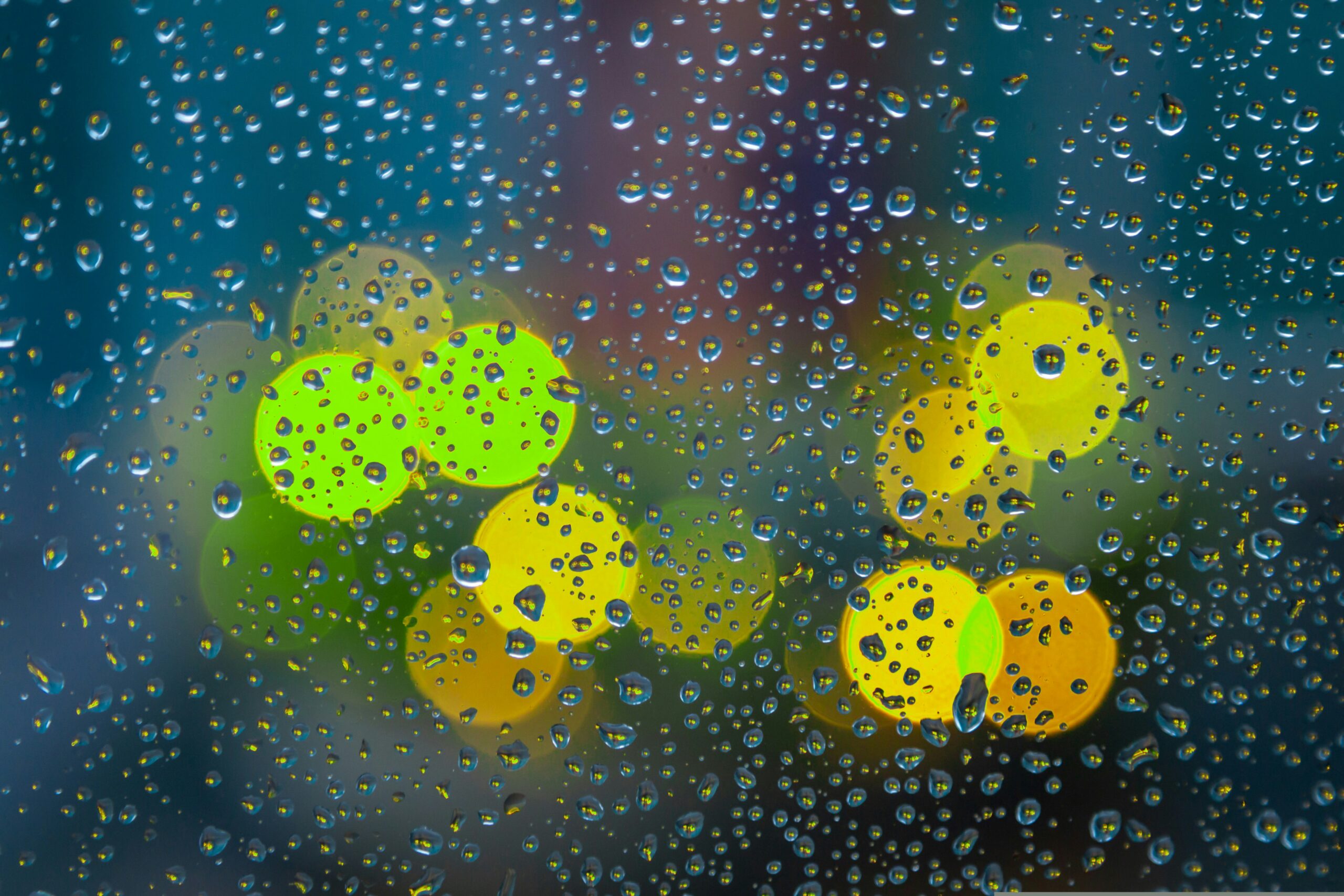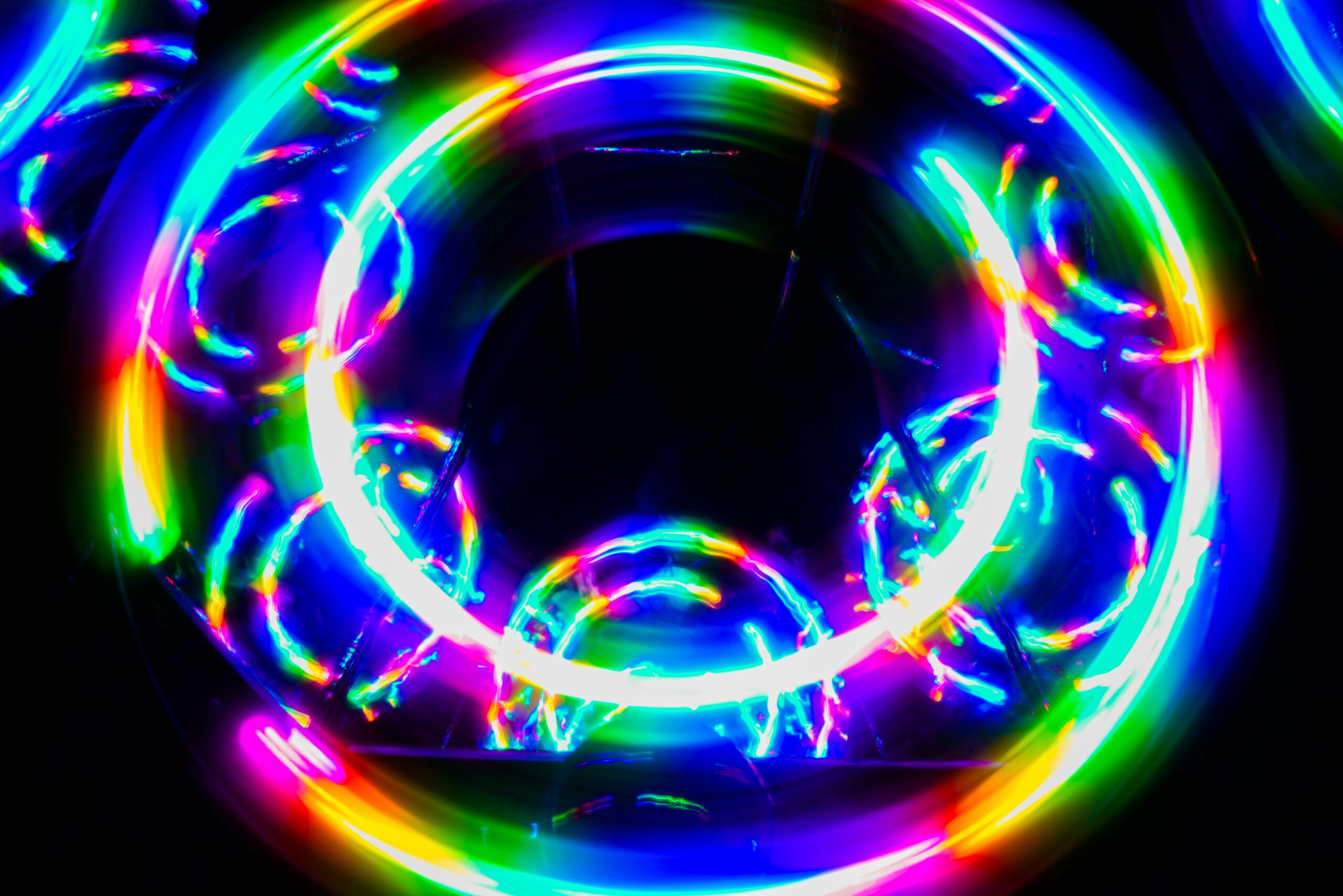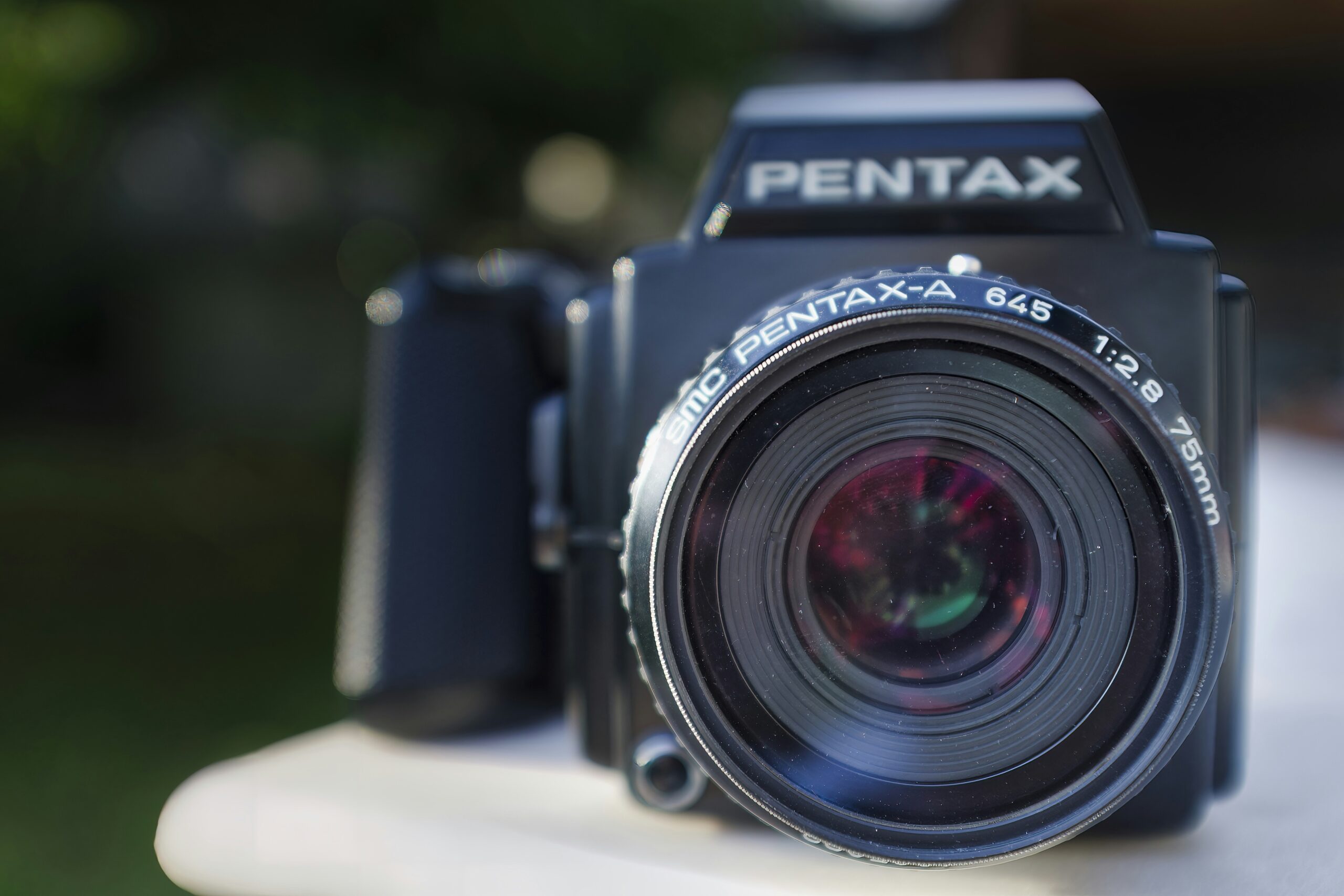Have you ever found yourself puzzled over choosing between a spotting scope and binoculars? These optical instruments might seem similar at first glance, but they serve distinct purposes and function in unique ways. In this detailed guide, we’ll break down everything you need to know to help you make an informed decision.

What Are Binoculars?
Binoculars are hand-held optical devices that use lenses and prisms to magnify distant objects and provide a stereoscopic, three-dimensional image. They are portable, easy to use, and suitable for a variety of activities from bird watching to sporting events.
Design and Portability
One of the primary features that make binoculars popular is their compact design and ease of transportation. Most binoculars can be slipped into a small bag or hung around your neck, making them incredibly convenient for on-the-go use.
Magnification and Field of View
Binoculars are typically marked with numbers like 8×42 or 10×50, where the first number refers to the magnification power, and the second number denotes the diameter of the objective lenses in millimeters. Higher magnification can mean a more detailed view but often at the cost of a narrower field of view.
| Feature | Explanation |
|---|---|
| Magnification | Usually ranges from 8x to 12x |
| Field of View | Widens as magnification decreases, generally 300-400 feet at 1,000 yards for 8x models |
| Objective Lenses | Diameter affects brightness and clarity; larger lenses offer better low-light performance |
Applications
Binoculars are versatile and are commonly used for:
- Bird Watching: Close-up views and wide field of view help you spot and track birds easily.
- Sporting Events: Bring the action closer.
- Hiking: Lightweight and portable for quick and easy viewing of landscapes or wildlife.
What Is a Spotting Scope?
A spotting scope is a portable, high-powered telescope designed primarily for terrestrial viewing. Unlike binoculars, spotting scopes are usually mounted on tripods due to their higher magnification and heavier weight.
Design and Use
Spotting scopes differ from binoculars mainly in their structure and intended use. They feature a longer body and are typically used with a tripod for stability during extended viewing sessions. They also provide a single optical path, unlike the dual paths in binoculars.
Magnification and Objective Lens
The magnification range of spotting scopes is higher than that of binoculars, commonly ranging from 15x to 60x. They also have larger objective lenses, usually between 50mm and 100mm, which enhance image brightness and clarity, especially in low-light conditions.
| Feature | Explanation |
|---|---|
| Magnification | Ranges from 15x to 60x, adjustable |
| Field of View | Narrower compared to binoculars due to higher magnification |
| Objective Lenses | Larger lenses (50mm-100mm) for better image detail and low-light performance |
Applications
Spotting scopes excel in scenarios where higher magnification is required:
- Bird Watching: Ideal for spotting details from longer distances.
- Hunting: Helps in detecting and observing game from afar.
- Astronomy: Useful for moon and planet observation when a full-sized telescope is not practical.
- Target Shooting: Focuses on bullet impacts over long ranges.
Key Differences Between Spotting Scopes and Binoculars
While both spotting scopes and binoculars serve the purpose of magnifying distant objects, there are fundamental differences that make each more suitable for specific activities.
Magnification and Field of View
- Binoculars: Have lower magnification (usually 8x to 12x) and a wider field of view, making them suitable for scanning large areas.
- Spotting Scopes: Offer higher magnification (15x to 60x) but a narrower field of view, ideal for detailed examination of distant objects.
Usage and Portability
- Binoculars: Easily portable, lightweight, and ready to use without additional equipment like tripods.
- Spotting Scopes: Bulkier and usually require a tripod for steady viewing, making them less convenient for spontaneous use.
Image Quality and Light Gathering
- Binoculars: Typically have smaller objective lenses, which can limit performance in low-light conditions.
- Spotting Scopes: Feature larger objective lenses for superior image clarity and brightness, even in dim conditions.
Cost
- Binoculars: Generally more affordable, especially the mid-range models that offer excellent value for casual use.
- Spotting Scopes: Can be considerably more expensive due to the higher-powered optics and additional equipment like tripods.
| Attribute | Binoculars | Spotting Scope |
|---|---|---|
| Magnification | 8x-12x | 15x-60x |
| Field of View | Wide | Narrow |
| Portability | High | Medium to Low |
| Low-light Performance | Moderate | High |
| Cost | Lower | Higher |
When to Choose Each Option
Knowing when to choose binoculars over a spotting scope, or vice versa, can save you both time and money. Let’s explore some scenarios to help you decide.
Bird Watching
- Binoculars: Great for casual bird watching due to their portability and ease of use.
- Spotting Scopes: More suitable for detailed observation from a fixed position, such as a bird-watching hide.
Hunting
- Binoculars: Good for quick scans of the environment when on the move.
- Spotting Scopes: Ideal for spotting game over longer distances when you are stationary.
Sporting Events
- Binoculars: Best for tracking the action in a stadium or during outdoor games.
- Spotting Scopes: Generally not practical due to the need for a tripod and the limited field of view.
Astronomy
- Binoculars: Useful for casual stargazing and scanning the night sky.
- Spotting Scopes: Better for detailed views of celestial bodies like planets and moons.
Hiking
- Binoculars: Lightweight and portable, perfect for quick views of landscapes or animals.
- Spotting Scopes: Less practical due to weight and requirement for a steady base.

Beginners Guide to Using Binoculars
If you’re new to using binoculars, here are some quick tips to help you get started:
Adjusting the Focus
Most binoculars come with a central focusing wheel and a right-eye diopter adjustment. Start by closing your right eye and focusing with the central wheel for your left eye. Then, close your left eye and adjust the right-eye diopter for your right eye.
Using the Strap
A neck strap or harness can help distribute the weight of the binoculars, making them more comfortable to carry for extended periods.
Field of View
Practice scanning with your binoculars by moving them gradually to cover different sections of your view. This technique helps in spotting moving objects like birds or animals more effectively.
Beginners Guide to Using a Spotting Scope
Spotting scopes require a bit more setup compared to binoculars. Here’s a quick guide to help you get started:
Choosing a Tripod
A stable tripod is essential for using a spotting scope. Look for one with adjustable legs and a sturdy head to support the weight of the scope.
Magnification and Focus
Start with the lowest magnification setting to locate your target. Once you have the object in view, gradually increase the magnification while adjusting the focus for clarity.
Angle and Position
Most spotting scopes offer angled or straight designs. Choose the one that best suits your viewing needs, and adjust the position to ensure comfort during prolonged observation sessions.

Maintenance and Care Tips
Both binoculars and spotting scopes are precision instruments that require proper care for optimal performance:
Cleaning Lenses
Always use a soft, lint-free cloth to clean the lenses. Specialized lens cleaning solutions can help remove smudges without damaging the optical coatings.
Storage
Store your optical devices in a padded case to protect them from dust, moisture, and impacts. Avoid leaving them in extremely hot or cold environments for prolonged periods.
Regular Checks
Periodically check for any loose parts or signs of wear and tear. Tightening screws and replacing worn-out parts can prolong the life of your equipment.
Wrapping Up
Choosing between a spotting scope and binoculars ultimately hinges on your specific needs and the activities you enjoy. Binoculars offer portability and ease of use, making them ideal for quick and versatile viewing. Spotting scopes, with their higher magnification and superior image quality, cater to those who require detailed, long-range observation, despite being less portable.
Whether you’re a nature enthusiast, hunter, astronomer, or sports fan, one of these optical devices will be better suited to your needs. Hopefully, this guide has provided you with ample information to make an informed choice and enhance your viewing experience.
Feel free to revisit this guide whenever you’re in doubt, and enjoy the world through your chosen lens!
